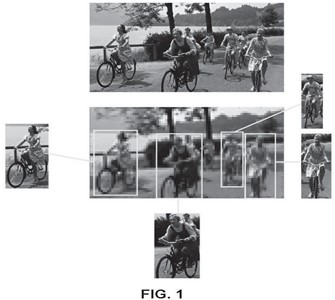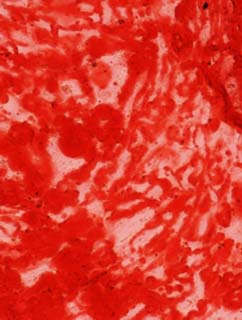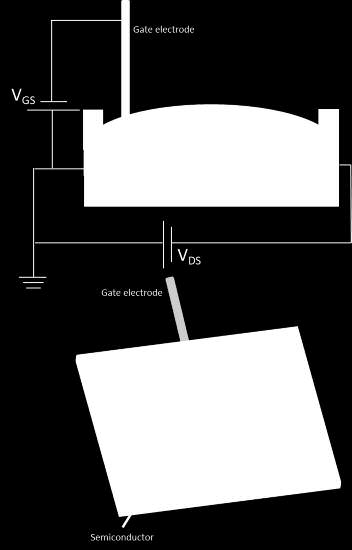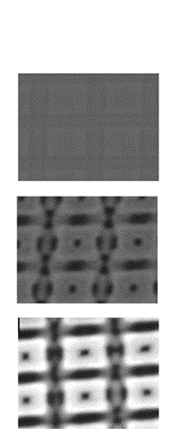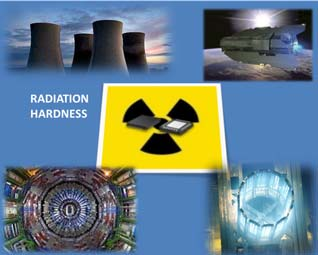Vision sensor that outperforms human vision in tasks where multiple areas of interest must be attended to simultaneously
Illustration of a multifoveated resolution sensor Both impulse vision sensors and DVS have become very popular and have attracted the interest of the industry.
These sensors differ substantially from more conventional vision cameras that are based on the acquisition of sequences of images or frames. In a DVS no images are acquired, but rather each pixel is autonomous and sends an "event" when it detects a relative change in light intensity.
This makes a pixel in a DVS much more complex than a pixel in an image/frame acquisition camera. Megapixel DVSs allow high-resolution detection of small objects while maintaining a wide field of view. However, the data rate produced by the sensor can saturate its output bandwidth.
Furthermore, by increasing sensor resolution, the size and power consumption of downstream vision processing systems also increases.
The proposed electronically foveated dynamic vision sensor allows to overcome the aforementioned limitations of energy consumption, information and subsequent computational load.
Main innovations and advantages
· In situations in which the visual field observed has a high content of changing information, as occurs during visual capture while driving, it allows non-relevant information to be eliminated and relevant information to be focused, allowing greater detail in capturing what is relevant.
· Allows the reading window to be reduced to the significant relevant area for the analysis, which allows the acquisition speed of the relevant zones to be increased.
Enables recognition capabilities that can exceed human vision in tasks where multiple regions of interest or attention must be simultaneously addressed, such as real-time surveillance systems, automated driving, or autonomous flight.
